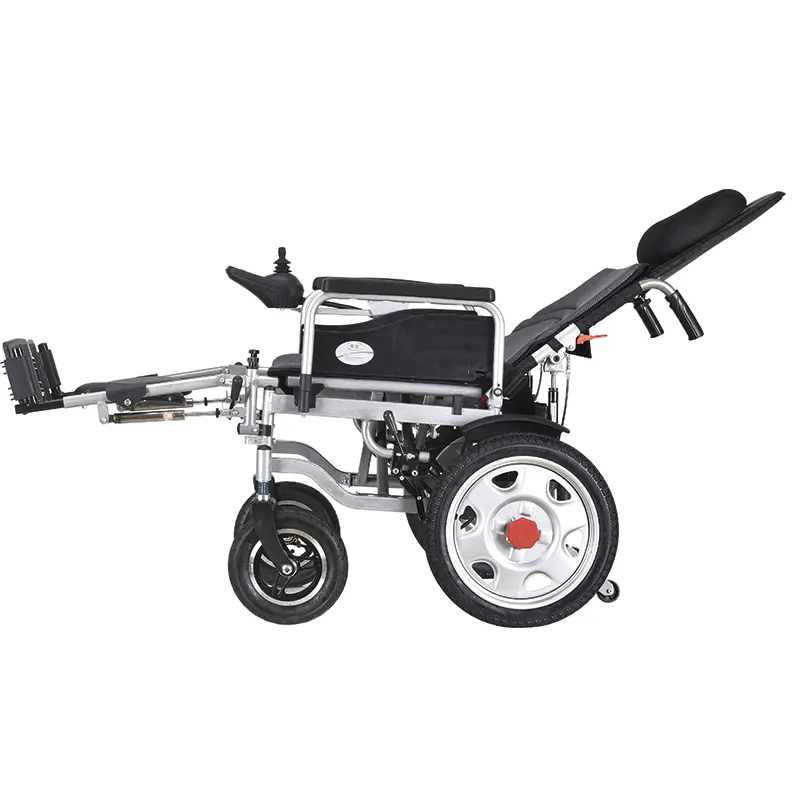Electric wheelchairs have revolutionized the lives of millions of people with disabilities, giving them a heightened sense of independence and freedom. However, like any other electronic device, they eventually reach the end of their life and need to be replaced. Have you ever wondered what will happen to these electric wheelchairs once they are no longer available? In this blog post, we explore the potential for recycling electric wheelchairs and discuss how much of this vital medical aid can be recycled.
1. Components of an electric wheelchair
To understand the recycling volume of electric wheelchairs, it is important to identify the key components of these devices. Electric wheelchairs are composed of a variety of materials, including metals, plastics, electronics, batteries, and upholstery. Each of these components has its potential for recycling, reducing waste and environmental impact.
2. Recycle metal and plastic
Metals such as aluminum and steel are often used for the frame and structural components of electric wheelchairs. These metals are highly recyclable, and recycling them reduces the need for mining and energy-intensive manufacturing processes. Likewise, plastics used in electric wheelchairs, such as ABS and polypropylene, can be recycled into new products, reducing the need for virgin materials.
3. Batteries and Electronics
One of the key components of an electric wheelchair is the battery. Most electric wheelchairs use rechargeable deep-cycle batteries, which can be recycled efficiently. These batteries contain lead and acid, both of which can be extracted and processed for reuse in the production of new batteries. Electronics including motor controllers and wiring are also recyclable because they contain valuable materials like copper and gold.
4. Interior and accessories
While the metal, plastic, batteries and electronic components of electric wheelchairs are relatively easy to recycle, the same is not true for the interior and accessories. Fabrics, foams and cushions used in power wheelchair seats and supports are generally not recyclable. Likewise, accessories such as armrests, footrests and cup holders may not be suitable for recycling due to the complex mix of materials used in their production. However, efforts are underway to find sustainable alternatives and environmentally friendly materials for the next generation of electric wheelchairs.
5. Promote recycling and sustainability
To ensure more sustainable use of electric wheelchairs, it is crucial to promote recycling and proper disposal. This not only reduces waste, but also enables the recovery of valuable materials for further use. Governments, manufacturers, and healthcare organizations should collaborate to establish efficient recycling programs designed specifically for electric wheelchairs. Additionally, individuals can contribute by responsibly disposing of used electric wheelchairs and supporting initiatives that promote recycling and sustainability in the healthcare industry.
While full recycling of electric wheelchairs may not currently be feasible due to the limitations of certain components, significant progress has been made towards more sustainable methods. Recycling metals, plastics, batteries and electronics can greatly reduce the environmental footprint associated with the production of electric wheelchairs. By raising awareness, encouraging proper disposal and supporting initiatives that promote recycling, we can realize the full potential of recycling electric wheelchairs, thereby creating a more sustainable future for those who depend on this vital medical aid.
Post time: Sep-06-2023


